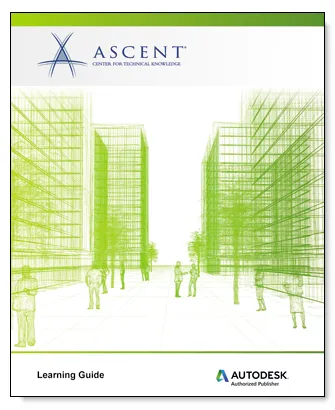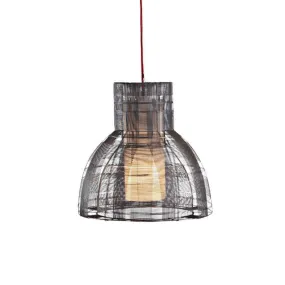This guide is applicable for interior designers focused on non-structural interior design projects. For instructional content focused on architectural projects, consider the Autodesk Revit 2022: Fundamentals for Architecture learning guide.
Topics Covered:
- Understand the purpose of BIM and how it is applied in Revit.
- Navigate the Revit workspace and interface.
- Work with the basic sketching and modifying tools to create accurate interior design models.
- Start an interior design project, including setting up levels and creating plan views.
- Copy and monitor the architectural elements in the interior design project.
- Set up and create views to display elements.
- Create materials and apply them to elements in a project.
- Create demising walls, interior glazed partition walls, windows, and doors.
- Add component features and create groups.
- Add floors, ceilings, soffit walls, and ceiling fixtures.
- Create and display design options for a project.
- Lay out rooms and work with area analysis.
- Render views that include materials, lighting, and other enhancements.
- Set up sheets for plotting with text, dimensions, details, tags, and schedules.
- Annotate views to communicate design intent.
- Create a path of travel.
- Capture design information using tags and schedules, including key schedules to provide finish information.
- Add material keynotes and produce material and keynote legends.
- Create interior design details.
Prerequisites:
- Access to the 2022.0 version of the software, to ensure compatibility with this guide. Future software updates that are released by Autodesk may include changes that are not reflected in this guide. The practices and files included with this guide might not be compatible with prior versions (e.g., 2021).
- This guide introduces the fundamental skills you need to learn the Autodesk Revit MEP software. It is highly recommended that you have experience and knowledge in MEP engineering and its terminology.















